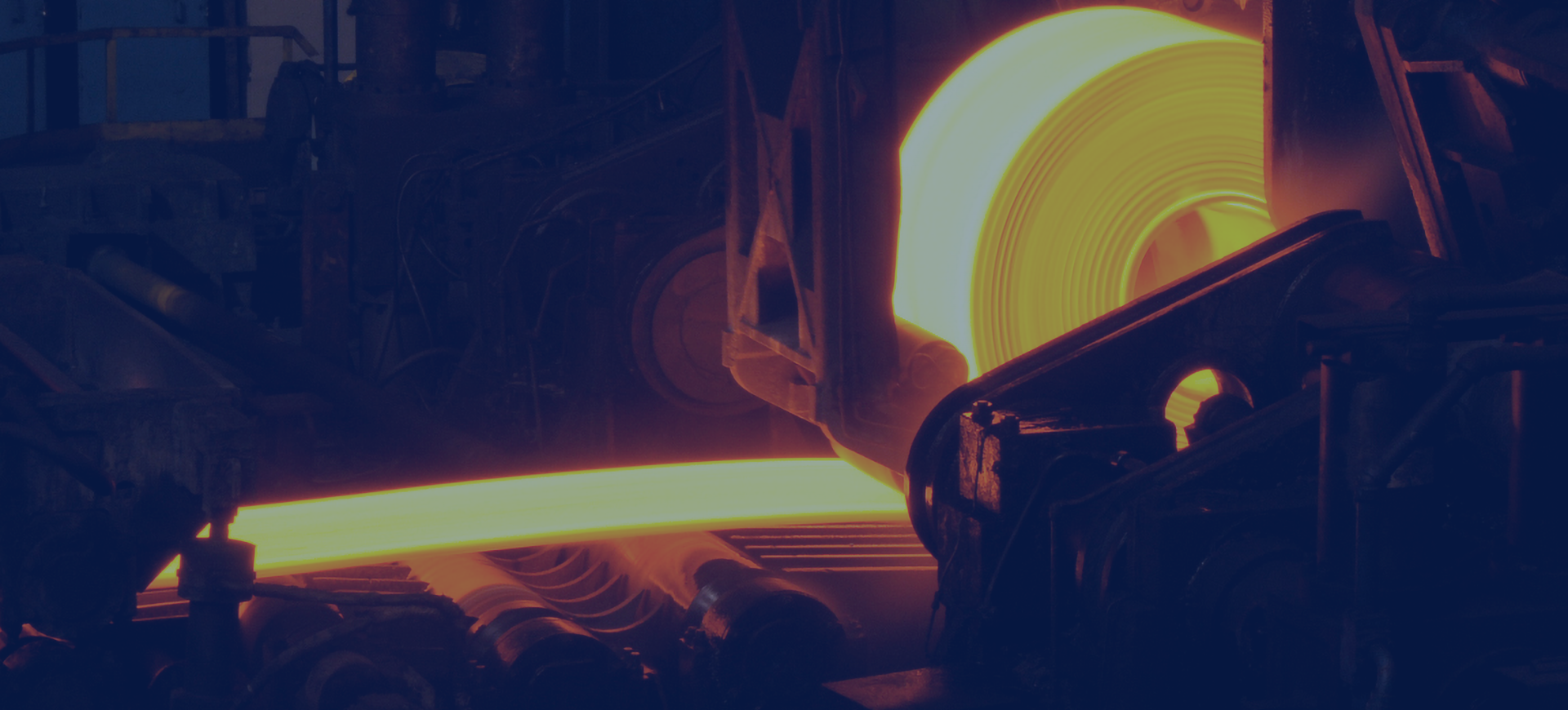Factors affecting current steel prices:
Multi-departmental cooperation to intensify efforts to ensure the transportation of coal and electricity in Tangshan Port
Recently, due to weather conditions, a number of electric coal transport ships in Tangshan Port are pressing down on the port, and the downstream power plants are in a hurry to burn coal. As a key port for my country’s “North-South Transportation of Coal”, Tangshan Port has actively initiated emergency plans, closely cooperated with railway, port and shipping management, maritime affairs and other relevant departments to open a “green channel” to ensure the smooth and unimpeded transportation of thermal coal.
Analyst’s point of view: Although transportation is blocked to a certain extent due to abnormal weather, coal supply is a key focus of the country. With the efforts of multiple departments, supply has been guaranteed and price increases caused by insufficient supply have been avoided. At present, with the demand being met, coal prices are still running at a low level, and there is insufficient motivation to increase.
Zhejiang’s epidemic prevention and control has been upgraded, and production operations have been reduced accordingly
As of 3 pm on December 9th, a total of 24 confirmed cases and 35 asymptomatic infections have been reported in Ningbo, Shaoxing, and Hangzhou in Zhejiang Province. Among them, Ningbo has reported a total of 10 confirmed cases and 15 asymptomatic infections; Shaoxing has reported a total of 12 confirmed cases and 15 asymptomatic infections; Hangzhou has reported a total of 2 confirmed cases and 5 asymptomatic infections.
Analyst’s point of view: With the gradual strengthening of epidemic prevention and control, requirements such as “flow restriction and peak staggering” have been put forward one after another. Passenger and freight volumes have been controlled to varying degrees, and market demand has decreased accordingly, which is negative for steel prices in the short and medium term. .
Investigation and Statistics of Steel Plant Blast Furnace Maintenance
According to incomplete statistics, the blast furnace operating rate of 247 steel plants nationwide was 68.14%, a decrease of 1.66% from last week and a year-on-year decrease of 16.63%; blast furnace ironmaking capacity utilization rate was 74.12%, a month-on-month decrease of 0.67%, and a year-on-year decrease of 17.35%; steel mills The profit rate was 79.65%, a month-on-month increase of 12.12%, and a year-on-year decrease of 12.12%; the average daily molten iron output was 1.87 million tons, a month-on-month decrease of 18,100 tons and a year-on-year decrease of 447,700 tons.
Analyst point of view: Judging from the news from the market, the operating rate of steel mills’ blast furnaces has declined. On the one hand, there is an orange warning in some areas, and the environmental protection department has increased production restrictions, and steel mills have been forced to reduce production and limit production; on the other hand, some Considering the weak market demand, steel mills actively reduce production to ensure the stability of steel prices. On the whole, market demand still maintains a stable state, and steel prices still fluctuate mainly in the short term.
Post time: Dec-10-2021









